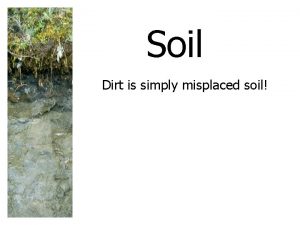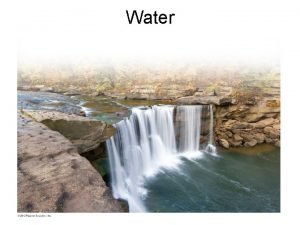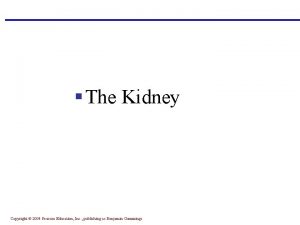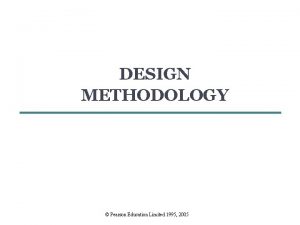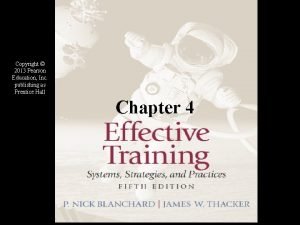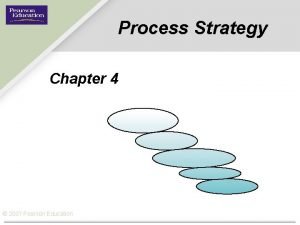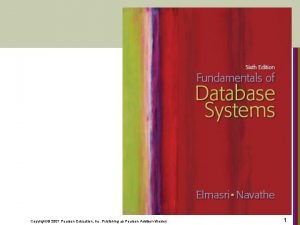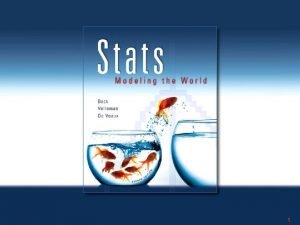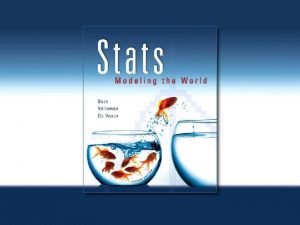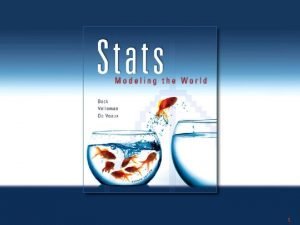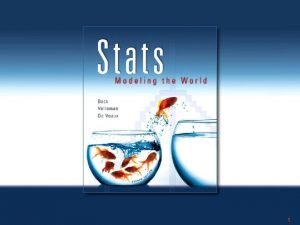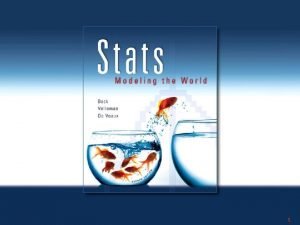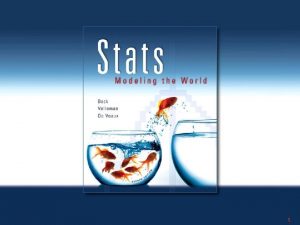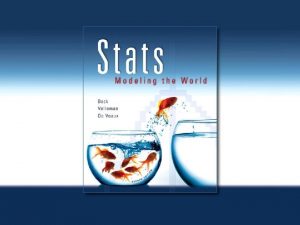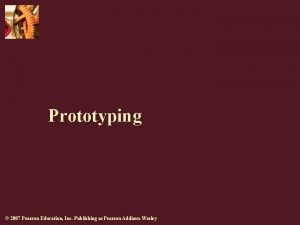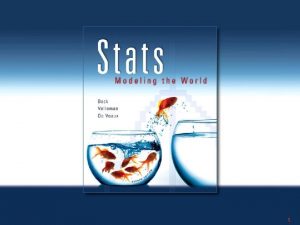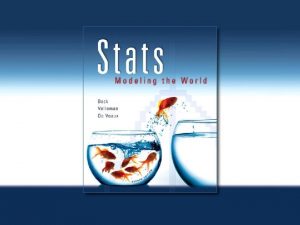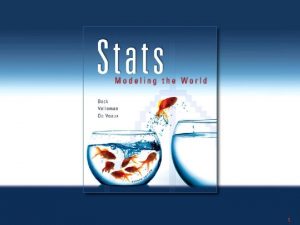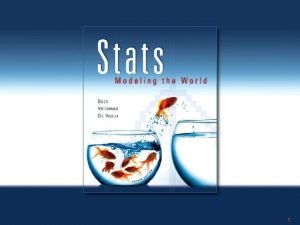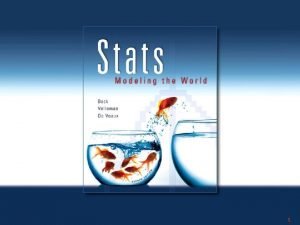Process Analysis Chapter 5 2007 Pearson Education Process






























- Slides: 30

Process Analysis Chapter 5 © 2007 Pearson Education

Process Analysis Ø Process analysis is the documentation and detailed understanding of how work is performed and how it can be redesigned. 2 Define Scope 1 Identify Opportunity 3 Document Process 6 Implement Changes 4 Evaluate Performance 5 Redesign Process © 2007 Pearson Education

A Systematic Approach to Process Analysis Ø Suggestion system: a voluntary system by which employees submit their ideas on process improvements. Ø Design team: A group of knowledgeable, teamoriented individuals who work at one or more steps in the process, do the process analysis and make the necessary changes. Ø Metrics: Performance measures that are established for a process and the steps within it. Ø Flowcharts: A diagram that traces the flow of information, customers, equipment, or materials through the various steps of a process. Ø Service Blueprint: A special flowchart of a service process that shows which steps have high customer contact (line of visibility). © 2007 Pearson Education

Flow charts A flow chart is defined as a pictorial representation describing a process being studied. Flow charts tend to provide people with a common language or reference point when dealing with a project or process. © 2007 Pearson Education

Workflow diagram Ø A workflow diagram is a graphic representation of all the major steps of a process. Ø It can help you: Ø Understand the complete process Ø Identify the critical stages of a process Ø Locate problem areas Ø Show relationships between different steps in a process. © 2007 Pearson Education

Symbols Ø Start and end Ø represented ovals or rounded rectangles, usually containing the word "Start" or "End” Ø Arrows Ø shows "flow of control" - an arrow coming from one symbol and ending at another symbol represents that control passes to the symbol the arrow points to. Ø Processing steps Ø represented as rectangles Ø Conditional (or decision) Ø represented as a diamond (Yes/No or True/False). The arrows coming out should always be labeled. More than two arrows can be used © 2007 Pearson Education

Flow Chart Symbols Process Decision Manual Operation Storage Operation Delay Document Transportation Data © 2007 Pearson Education Termination Inspection

Flowchart for the Sales Process of a Consulting Company © 2007 Pearson Education Service Blueprint

Flowchart of a Nested Subprocess Client Agreement & Service Delivery Step © 2007 Pearson Education

Showing the Handoffs Between Departments © 2007 Pearson Education

Process Charts Ø Process chart: An organized way of documenting the activities performed by a person or group of people at a work station, with a customer, or on materials. Ø Five categories of process charts: 1. Operations that change, create or add something. 2. Transportation (materials handling): Moving something. 3. Inspection: Checking or verifying something. 4. Delays: Time spent awaiting further action. 5. Storage: When something is put away until a later time. © 2007 Pearson Education

Process Charts Process: Subject: Beginning: Ending: Emergency room admission Ankle injury patient Enter emergency room Leave hospital Insert Step Append Step Remove Step no. Figure 3. 8 Education © 2007 Pearson Time (min) Distance (ft) Summary Activity Number of steps Time (min) Operation Transport Inspect Delay Store Step description Distance (ft)

Process Charts Process: Subject: Beginning: Ending: Emergency room admission Ankle injury patient Enter emergency room Leave hospital Insert Step Append Step Remove Step no. 1 2 3 4 5 Time (min) Distance (ft) Summary Activity Number of steps Time (min) Distance (ft) Operation Transport Inspect Delay Store Step description Enter emergency room, approach patient window Sit down and fill out patient history Nurse escorts patient to ER triage room Nurse inspects injury Return to waiting room 6 7 8 9 10 Wait for available bed Go to ER bed Wait for doctor Doctor inspects injury and questions patient Nurse takes patient to radiology 11 12 13 14 15 Technician x-rays patient Return to bed in ER Wait for doctor to return Doctor provides diagnosis and advice Return to emergency entrance area 16 17 18 19 Check out Walk to pharmacy Pick up prescription Leave the building Figure 3. 8 Education © 2007 Pearson

Process Charts Process: Subject: Beginning: Ending: Emergency room admission Ankle injury patient Enter emergency room Leave hospital Insert Step Append Step Remove Step no. Time (min) Distance (ft) 1 2 3 4 5 0. 50 10. 0 0. 75 3. 00 0. 75 15 40 40 6 7 8 9 10 1. 00 4. 00 5. 00 2. 00 60 200 11 12 13 14 15 3. 00 2. 00 1. 00 200 60 X 16 17 18 19 4. 00 2. 00 4. 00 180 20 X Figure 3. 8 Education © 2007 Pearson Summary Activity Number of steps Time (min) Distance (ft) Operation Transport Inspect Delay Store Step description X Enter emergency room, approach patient window Sit down and fill out patient history Nurse escorts patient to ER triage room Nurse inspects injury Return to waiting room X X X Wait for available bed Go to ER bed Wait for doctor Doctor inspects injury and questions patient Nurse takes patient to radiology X Technician x-rays patient Return to bed in ER Wait for doctor to return Doctor provides diagnosis and advice Return to emergency entrance area X X X X X Check out Walk to pharmacy Pick up prescription Leave the building

Process Charts Process: Subject: Beginning: Ending: Emergency room admission Ankle injury patient Enter emergency room Leave hospital Insert Step Append Step Remove Step no. Time (min) Distance (ft) 1 2 3 4 5 0. 50 10. 0 0. 75 3. 00 0. 75 15 40 40 6 7 8 9 10 1. 00 4. 00 5. 00 2. 00 60 200 11 12 13 14 15 3. 00 2. 00 1. 00 4. 00 2. 00 4. 00 1. 00 200 60 180 20 16 17 18 19 Figure 4. 8 Education © 2007 Pearson Summary Activity Operation Transport Inspect Delay Store Number of steps Time (min) Distance (ft) 5 9 2 3 — 23 11 8 8 — — 815 — — — Step description X Enter emergency room, approach patient window Sit down and fill out patient history Nurse escorts patient to ER triage room Nurse inspects injury Return to waiting room X X X Wait for available bed Go to ER bed Wait for doctor Doctor inspects injury and questions patient Nurse takes patient to radiology X Technician x-rays patient Return to bed in ER Wait for doctor to return Doctor provides diagnosis and advice Return to emergency entrance area X X X Check out Walk to pharmacy Pick up prescription Leave the building

Process Charts Process: Subject: Beginning: Ending: Emergency room admission Ankle injury patient Enter emergency room Leave hospital Insert Step Append Step Remove Step no. Time (min) Distance (ft) 1 2 3 4 5 0. 50 10. 0 0. 75 3. 00 0. 75 15 40 40 6 7 8 9 10 1. 00 4. 00 5. 00 2. 00 60 200 11 12 13 14 15 3. 00 2. 00 1. 00 4. 00 2. 00 4. 00 1. 00 200 60 180 20 16 17 18 19 Figure 4. 8 Education © 2007 Pearson Summary Activity Operation Transport Inspect Delay Store Number of steps Time (min) Distance (ft) 5 9 2 3 — 23 11 8 8 — — 815 — — — Step description X Enter emergency room, approach patient window Sit down and fill out patient history Nurse escorts patient to ER triage room Nurse inspects injury Return to waiting room X X X Wait for available bed Go to ER bed Wait for doctor Doctor inspects injury and questions patient Nurse takes patient to radiology X Technician x-rays patient Return to bed in ER Wait for doctor to return Doctor provides diagnosis and advice Return to emergency entrance area X X X Check out Walk to pharmacy Pick up prescription Leave the building

Evaluating Performance Ø Checklist: A form used to record the frequency of occurrence of certain service or product characteristics related to performance. Ø Histogram: A summarization of data measured on a continuous scale, showing the frequency distribution of some quality characteristic (the central tendency and dispersion of the data). Ø Bar chart: A series of bars representing the frequency of occurrence of data characteristics measured on a yes-or-no basis. Ø Pareto Chart: A bar chart on which factors are plotted in decreasing order of frequency along the horizontal axis. © 2007 Pearson Education

Bar Chart Example 5. 1 The manager of a neighborhood restaurant is concerned about rising customer complaints. He would like to present his findings in a way that his employees will understand. © 2007 Pearson Education

Pareto Chart Example 5. 1 © 2007 Pearson Education

More Tools for Evaluating Performance Ø Scatter-diagram: A plot of two variables showing whether they are related. Ø Cause-and-effect diagram: A diagram that relates a key performance problem to it’s potential causes. Ø Sometimes called the fishbone diagram. Ø Graphs: Representation of data in a variety of pictorial forms, such as line charts and pie charts. © 2007 Pearson Education

Checker Board Airlines Example 5. 2 Personnel Equipment Aircraft late to gate Other Mechanical failures Late cabin crew Air traffic delays Late baggage to aircraft Late fuel Poor announcement of departures Delayed flight departures Weight/balance sheet late Late food service Contractor not provided updated schedule © 2007 Pearson Education Late cabin cleaners Unavailable cockpit crew Weather Materials Passenger processing at gate Procedures Delayed check-in procedure Waiting for late passengers Analyzing Flight Delays Using a Cause-And-Effect Diagram

Wellington Fiber Board Co. Example 5. 3 The Wellington Fiber Board Company produces headliners, the fiberglass components that form the inner roof of passenger cars. Management wants to identify which defects were most prevalent and to find the cause. They decide to use the following tools: Step 1. Checklist Step 2. Pareto chart Step 3. Cause-and-effect diagram Step 4. Bar chart © 2007 Pearson Education

Wellington Fiber Board Co. Example 5. 3 Checklist Headliner Defects Defect type Tally Total A. Tears in fabric //// 4 B. Discolored fabric /// 3 C. Broken fiber board //// //// / D. Ragged edges //// // 7 Total © 2007 Pearson Education 36 50

Wellington Fiber Board Co. Example 5. 3 Pareto Chart 40 100 80 C 30 60 20 40 10 0 © 2007 Pearson Education D A Defect type B 20 0 Cumulative Percentage Number of Defects 50

Wellington Fiber Board Co. Example 5. 3 Cause-and-Effect Diagram People Materials Training Out of specification Not available Absenteeism Communication Machine maintenance Humidity Schedule changes Machine speed Wrong setup Other Process © 2007 Pearson Education Broken fiber board

Number of Broken Fiber Boards Wellington Fiber Board Co. Example 5. 3 Bar Chart 20 15 10 5 0 © 2007 Pearson Education First Second Shift Third

Process Simulation Ø Process simulation is the act of reproducing the behavior of a process using a model that describes each step. Ø It shows how a process dynamically changes over time. Ø Using Sim. Quick, the first step is to draw a flowchart of the process using Sim. Quick’s building blocks. Flowchart for one-teller bank Entrance Buffer Work Station Buffer Door Line Teller Served Customers © 2007 Pearson Education

Redesigning the Process Ø Ideas for process redesign and improvement can be uncovered by asking six questions about each step in the process and about the process as a whole. 1. What is being done? 2. When is it being done? 3. Who is doing it? 4. Where is it being done? 5. How is it being done? 6. How well does it do on the various metrics of importance? © 2007 Pearson Education

Redesigning the Process Ø Answers to the previous six questions are challenged by asking still another set of questions. Why is the process even being done? Ø Why is it being done where it is being done? Ø Why is it being done when it is being done? Ø Ø Brainstorming is letting a group of people, knowledgeable about the process, propose ideas for change by saying whatever comes to mind. © 2007 Pearson Education

Benchmarking Ø Benchmarking is a systematic procedure that measures a firm’s processes, services, and products against those of industry leaders. Ø Benchmarking focuses on setting quantitative goals for improvement. Ø Competitive benchmarking is based on comparisons with a direct industry competitor. Ø Functional benchmarking compares functional areas in the firm with those of outstanding firms in any industry. Ø Internal benchmarking involves using an internal unit with superior performance as the benchmark for other units. © 2007 Pearson Education
 Pearson education inc. publishing as prentice hall
Pearson education inc. publishing as prentice hall Pearson education inc publishing as pearson prentice hall
Pearson education inc publishing as pearson prentice hall Pearson education inc publishing as pearson prentice hall
Pearson education inc publishing as pearson prentice hall 2012 pearson education inc
2012 pearson education inc Pearson education inc publishing as pearson prentice hall
Pearson education inc publishing as pearson prentice hall Pearson vue robert whelan
Pearson vue robert whelan Stress management for life 5th edition
Stress management for life 5th edition Return on common stockholders equity formula
Return on common stockholders equity formula Return on common stockholders equity
Return on common stockholders equity Mitochondria
Mitochondria Thomson higher education 2007
Thomson higher education 2007 Pearson education
Pearson education Renal tubule
Renal tubule Pearson education limited 2008
Pearson education limited 2008 Nitrogen cycle pearson education
Nitrogen cycle pearson education Pearson education limited 2005
Pearson education limited 2005 2018 pearson education inc
2018 pearson education inc Pearson education ltd
Pearson education ltd Pearson education ltd
Pearson education ltd Copyright pearson education inc
Copyright pearson education inc 2017 pearson education inc
2017 pearson education inc 2017 pearson education inc
2017 pearson education inc 2017 pearson education inc
2017 pearson education inc 2017 pearson education inc
2017 pearson education inc 2016 pearson education inc
2016 pearson education inc 2015 pearson education inc
2015 pearson education inc 2014 pearson education inc
2014 pearson education inc 2013 pearson education inc
2013 pearson education inc 2013 pearson education inc
2013 pearson education inc 2013 pearson education inc. answers
2013 pearson education inc. answers 2013 pearson education inc
2013 pearson education inc










